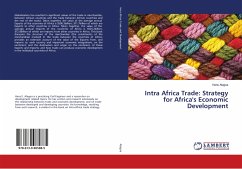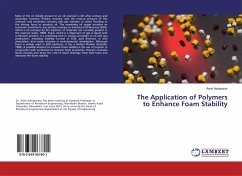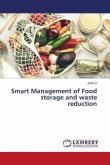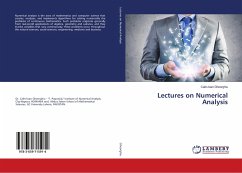Sorghum (sorghum bicolour L.Moench) belongs to the grass family and was domesticated in different areas of Africa and other Asian countries. Sorghum is used as food primarily in developing countries. The major products are roti, bread and porridge prepared from flour. An alternative use in some countries such as Indian and Sudan is a boiled whole grain similar to rice. Consumption as a whole grain offers several advantages. It is simpler than rice to prepare, because only the outer bran layer (which hinders water absorption) and pigments (which are nutritionally undesirable) must be removed before boiling (Desikachar, 1974, Price et al., 1980). Grain used for flour based products require milling, but further processing involves considerable time and additional equipment to produce the flour. It is safer to store the whole grain rather than flour to avoid degradation and contamination. In addition, potential exists for marketing sorghum internationally as a low cost substitute forrice with high dietary fibre and protein content.
Bitte wählen Sie Ihr Anliegen aus.
Rechnungen
Retourenschein anfordern
Bestellstatus
Storno








